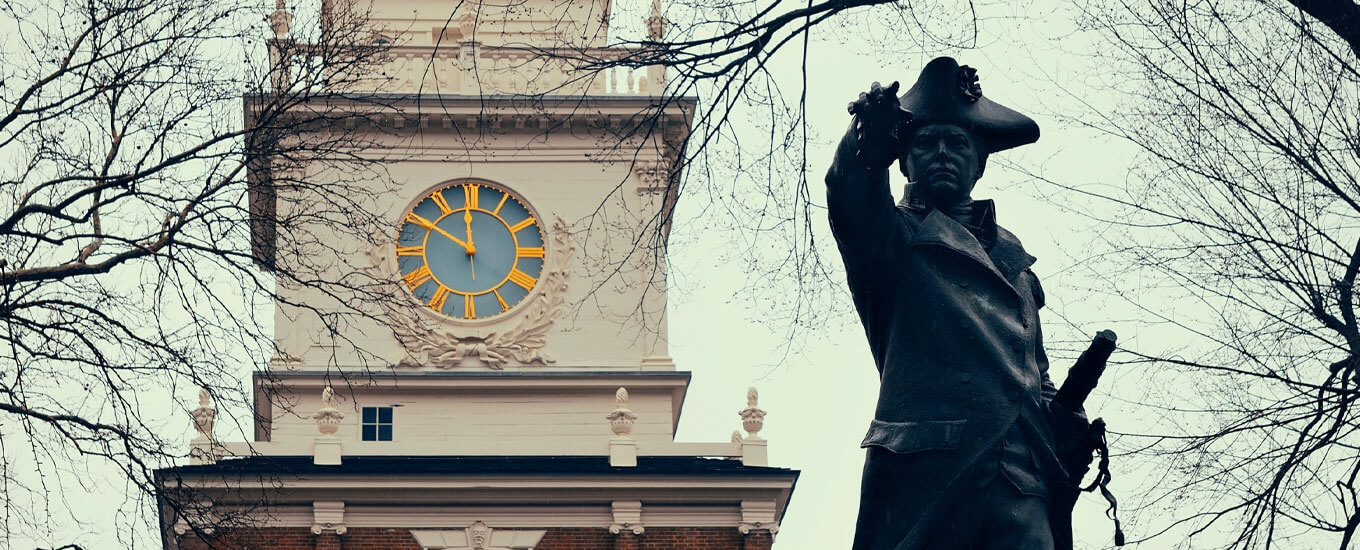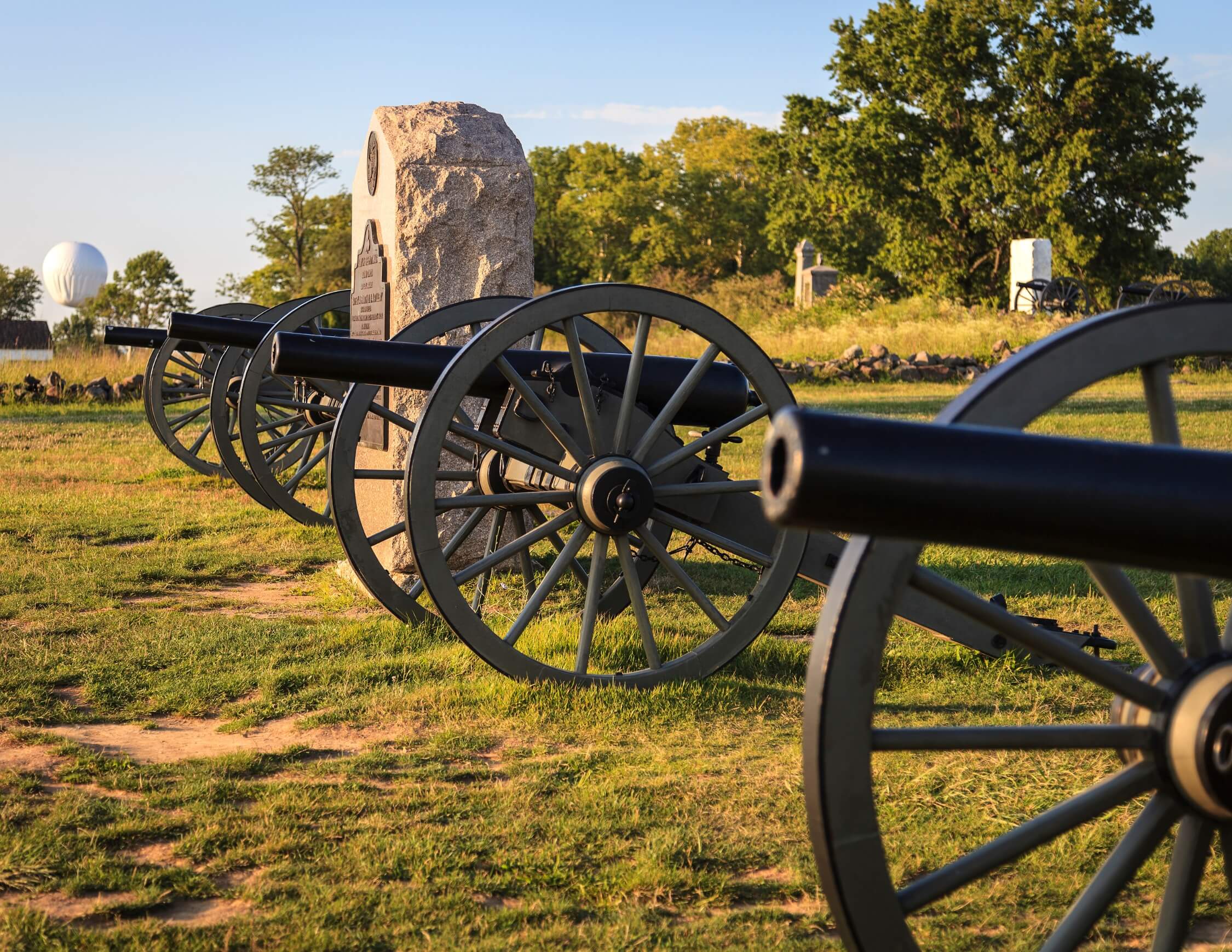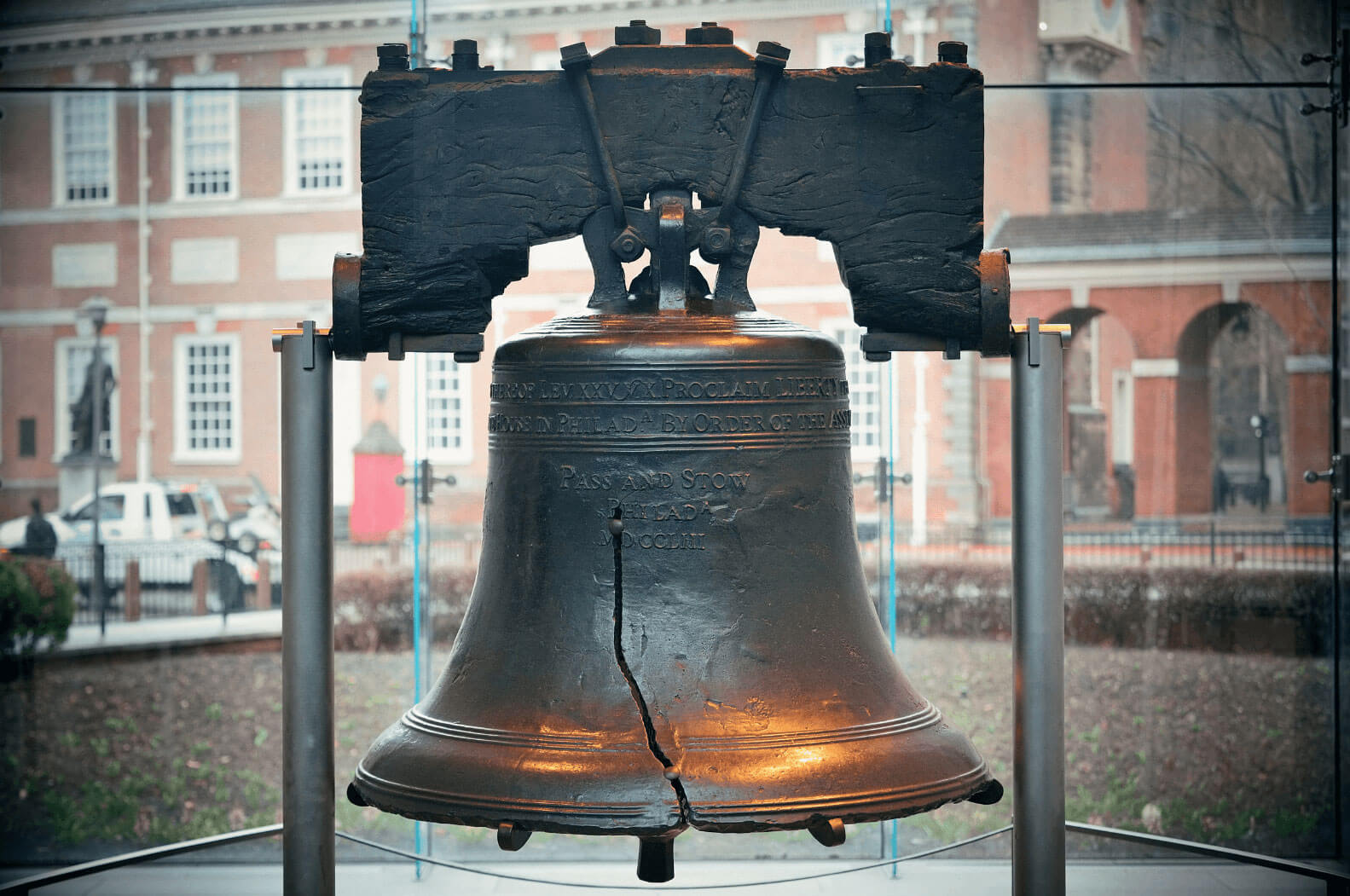The History of Pennsylvania

The history of Pennsylvania goes back thousands of years when the first indigenous people occupied Pennsylvania. In 1681, Pennsylvania became an English colony when William Penn received a deed from King Charles II of England. However, it is said that the area was first colonized by the Dutch in 1643. The area was the home to the Lenape, Susquehannocks, Iroquois, erie, Shawnee, Arandiqiouia, and other American Indian tribes. The tribes engaged in trade with Europeans, and the fur trade was a major motivation for the European colonization of North American. Most of the tribes were driven off as a result of disease. The English then took control of the colony in 1667. WIlliam Penn was a Quaker who formed this colony based on religious tolerance. By the mid 1700s, this colony attracted German and Scottish immigrants. While each of the thirteen colonies contributed to the American Revolution, Pennsylvania and especially Philadelphia were a center for early planning and forming the rebellion against King George II and the British empire, who were the most power political and military in the world.



Philadelphia served as the nation’s capital most of the 18th century. During the 19th century, Pennsylvania grew its northwestern, northeastern, and southwestern borders, and Pittsburgh emerged as the nation’s largest and most prominent cities for a long time. The state played an important role in the Union’s victory in the American Civil War. Following the Civil War, Pennsylvania grew into a Republican stronghold politically and a major manufacturing and transportation center.


